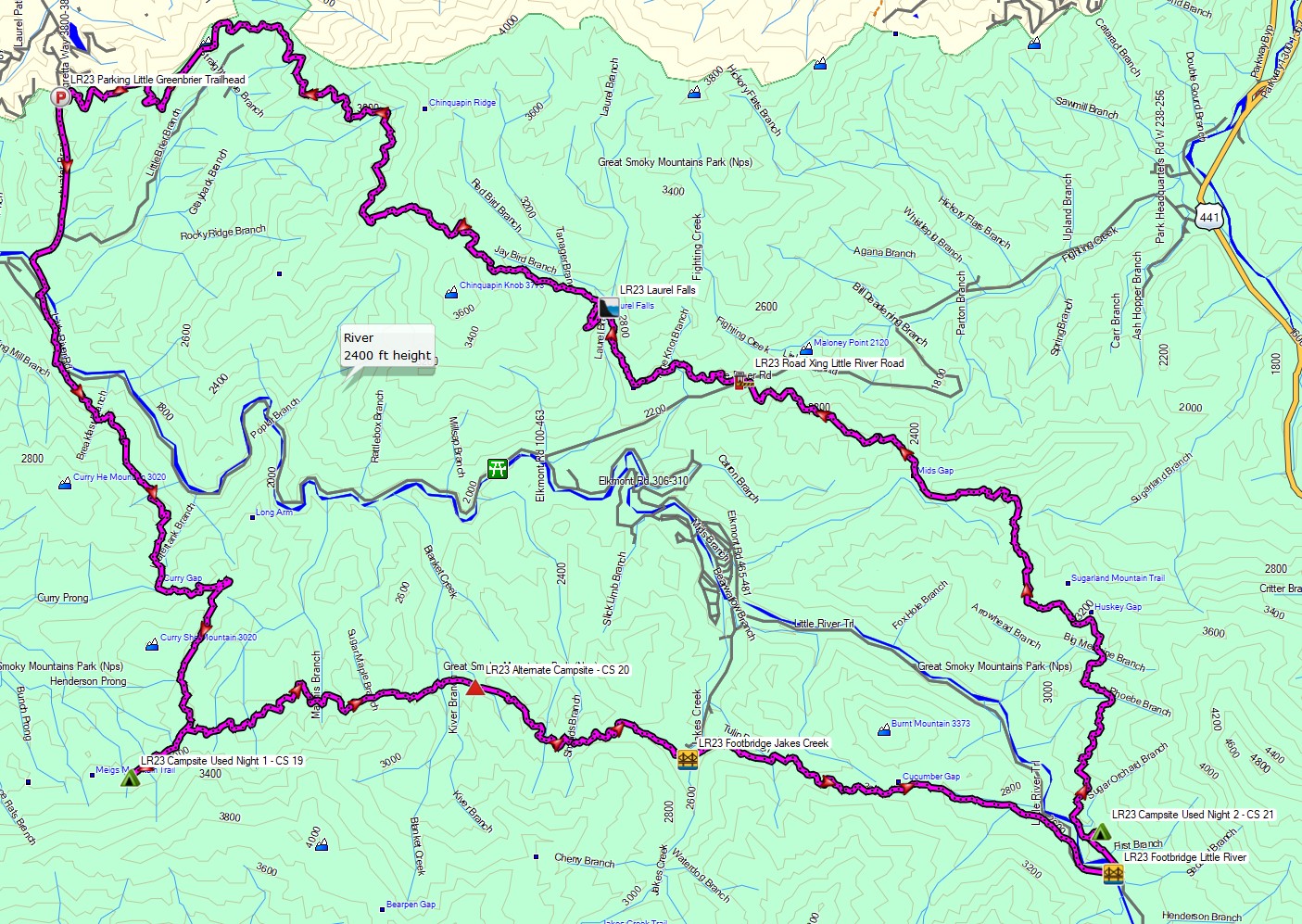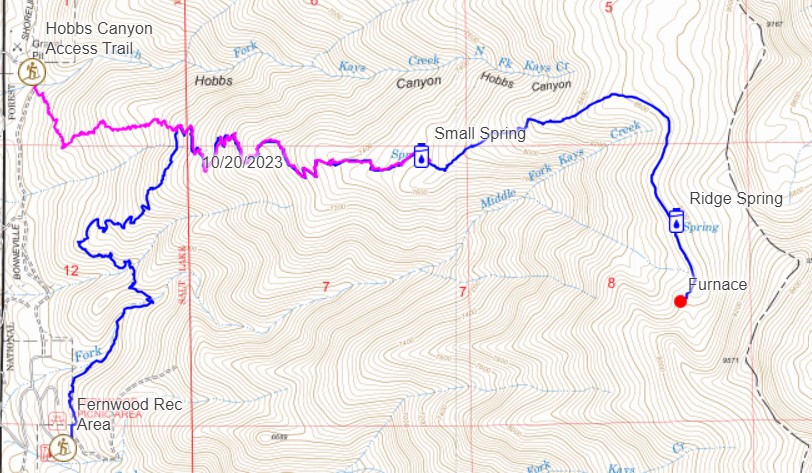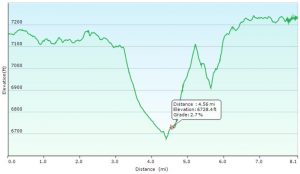Join me for 3 days of Backpacking, Camping and History as we search for the Lost Dutchman’s Gold Mine in Arizona’s Superstition Mountains.
For this desert backpacking trip, I headed south to the Superstition Wilderness, within the greater Tonto National Forest – about 60 miles east of Phoenix, Arizona. Not only was this a beautiful and scenic hike due to the stark desert surroundings and sharp, rugged peaks, but this particular region has added bonus – a rich history full of intrigue and lore right at home in your favorite spaghetti western flick.
Some of these tales are indisputable facts. Others, are more debatable – the stuff of legends and mystery. The most notable and famous of those stories is that of “The Dutchman Jacob Waltz who was supposed to have had a secured a secret gold mine in the area, and that of Adolph Ruth, who met a mysterious demise many years later trying to find the gold after Jacob’s passing.
Whether the Lost Dutchman’s Gold was an actual mine, or a hidden cache that was originally mined elsewhere, depends on which version of several accounts you choose to believe. In fact, even the fact that he came upon it accidentally is up for debate as well. Some iterations of the tale suggest that he was given the details of the hidden mine after saving the life of a man who belonged to a wealthy Mexican mining family.
As the legend goes, Jacob managed to live off the gold keep it’s whereabouts a secret from local treasure hunters and bandits for many years. Until, on his death bed in 1891, he confirmed the gold mine to his caretaker Julia Thomas and provided her with info on it’s whereabouts. Apparently, it wasn’t quite enough info, because they never found it after years of searching.
Word spread, many more people started searching, and they continue to search until this day. People have gone missing while searching, some have even had their skull found right on one of the trails we hiked on our loop, complete with two bullet holes and their body found separately in heavy brush 1/4 of a mile away. That man was Adolf Ruth, who went into the Superstitions on a two week expedition in search of the gold back in 1931. He never showed up at the end of those two weeks, but he did leave a bunch of strange clues and unanswered questions…
Trailhead Used
Peralta Trailhead
Gold Canyon, AZ 85118
N33° 23.858′ W111° 20.873′



